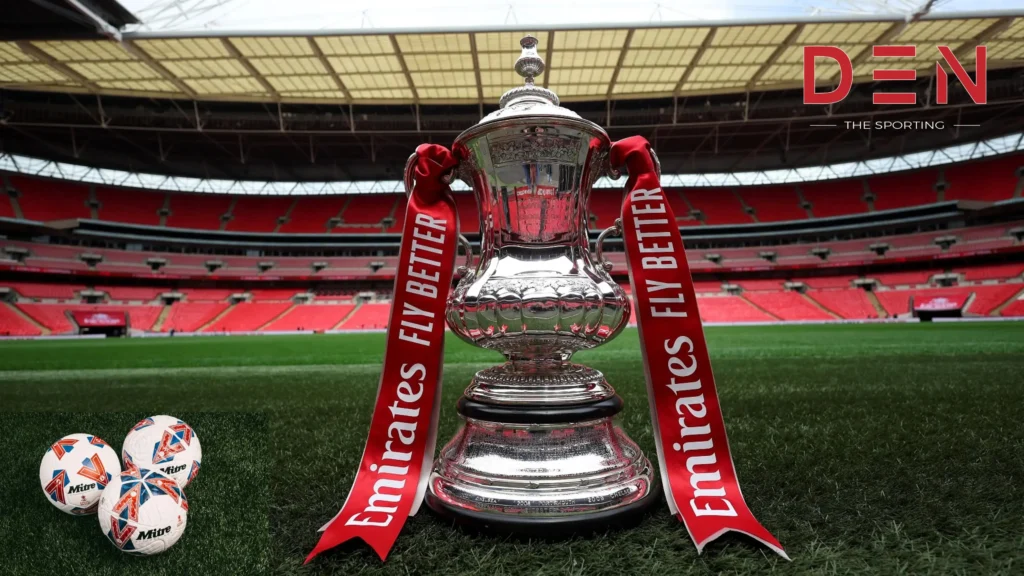
The world of English football, often romanticized for its passionate fans and historic clubs, has a dark underbelly. While billions flow through the Premier League, financial mismanagement and unforeseen circumstances can bring even the most established clubs to their knees. This article delves into the harsh reality of English bankrupt football clubs, exploring the causes, consequences, and potential solutions to this ongoing issue.
Read More: Most Hated Football Clubs in England | 2024 Edition
English Bankrupt Football Clubs
The weight of financial burden has claimed several once-proud English clubs. Here are a few examples that illustrate the devastation caused by bankruptcy:
Bury FC (Founded 1885):
This historic club, a founding member of the Football League, fell victim to years of financial mismanagement. In 2019, Bury, one of the notable English bankrupt football clubs, was expelled from the league and subsequently liquidated, leaving a passionate fanbase heartbroken and the club’s future uncertain. The expulsion marked the end of a 134-year-old football institution, highlighting the severe repercussions of poor financial governance. The club’s expulsion was not just a loss for the fans but a significant blow to the community, which lost a piece of its identity and history.
Wigan Athletic (Founded 1932):
Another high-profile case, Wigan Athletic, despite winning the FA Cup in 2013, succumbed to financial difficulties. The club, one of the prominent examples of English bankrupt football clubs, was placed in administration multiple times and eventually relegated, ultimately facing closure in 2020. The story of Wigan Athletic is particularly tragic as it underscores the volatility that clubs can face even after experiencing success on the field. The sudden financial collapse raised questions about the due diligence of the owners and the sustainability of the financial models employed by clubs outside the top-tier leagues.
Luton Town (Founded 1889):
While Luton Town has managed to claw its way back from the brink, their story serves as a cautionary tale. In 2002, the club entered administration due to a combination of factors, including a failed property venture. They were relegated to the Conference, the lowest tier of English football, but through careful management, have since climbed back up the league pyramid. Luton Town’s journey from near oblivion to resurgence demonstrates that recovery is possible but requires diligent financial planning, community support, and a long-term vision that prioritizes stability over immediate success.
These are just a few examples, and unfortunately, the list of English bankrupt football clubs is not exhaustive. Clubs such as Portsmouth, Coventry City, and Bolton Wanderers have also faced severe financial challenges, each case adding to the narrative of financial instability in English football.
Read More: Who Are the 8 Best Football Fans in England?
Conclusion
The financial woes of English bankrupt football clubs highlight the need for stricter regulations, responsible ownership, and innovative solutions for sustainable football. Implementing financial fair play regulations and scrutinizing club finances by the EFL and Premier League is crucial. Transparency, accountability, and community ownership models can align the interests of fans and clubs. Diversifying revenue streams beyond matchday income and television rights, through strategic partnerships and sustainable financial planning, can provide economic stability. Learning from past English bankrupt football clubs should drive meaningful change, preserving the romance of English football for future generations
Huzaifa Mansoor, an accomplished sports journalist boasting a decade of experience, commands attention with his insightful commentary and astute analysis. With a keen interest in soccer, tennis, Formula 1, and golf, Mansoor brings a wealth of expertise to his reporting, dissecting strategies and uncovering compelling narratives within the realm of sports. Renowned for his ability to deliver nuanced perspectives, he offers a fresh and dynamic outlook on athletes and their captivating journeys. Mansoor’s dedication to providing comprehensive coverage, coupled with his knack for storytelling, solidifies his position as a prominent voice in the world of sports journalism, captivating audiences with each article he pens.



